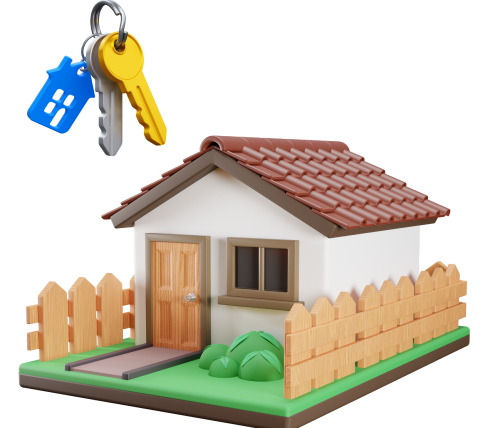Affordable Housing Is Difficult for Buyers and Renters to Obtain
Both prospective home buyers and renters across the United States are having a tough time finding affordable housing. In a report about the Ohio housing market issued by the National Low Income Housing Coalition on July 16, affordable housing was found to be out of reach for most Ohio residents. Historically, Ohio has not had the country's hottest housing market, which is why this report surprised many readers. However, for Ohioans looking to buy a home or rent an apartment, the news isn't a surprise at all.
About the Annual Out of Reach Report
Each year, the National Low Income Housing Coalition tracks how much income a person would need in order to pay the rent at fair market rent where they live. In Columbus, which is the capital of Ohio, luxury apartment numbers are being built at a much faster rate than non-luxury units. In about five years, the total number of luxury units will exceed that of non-luxury units. Luxury units aren't affordable for a person with an average income. The report defines affordable as a rent that is 30% or less of a person's income from a job in which they work 40 hours per week.
Results from Ohio
A person in Ohio would need to earn $16.65 per hour in order to pay for a two-bedroom apartment or rental home at the fair market rent. In Ohio, that's $865 per month. In 2020, a person needed to earn $15.99 per hour to afford the fair market rent. The Coalition on Homelessness and Housing in Ohio released a statement that since the beginning of 2021, rent has increased by 7.5%. That's about three times faster than in a typical year. This rate also exceeds the rate of inflation and the rate of wage increases that most workers receive from their employers. In just one year, the fair market rent for a two-bedroom apartment in Columbus increased by $33 per month.
Where the Housing Situation Is the Worst
Columbus has the worst housing situation in the state of Ohio. Although Ohio itself is 41st out of the 50 states when it comes to housing wages, Ohio's cities outrank many other cities across the United States. In Columbus, an adult needs to earn $19.83 per hour in order to afford a two-bedroom apartment or house. The fair market rate for a two-bedroom unit in Columbus is $1,031. That's much higher than the state's average of $865 per month. The average renter in Columbus earns $16.99, so they fall short on being able to obtain affordable housing.
About the Columbus Real Estate Market
Affordable apartments and houses for rent aren't the only hot entities in Columbus. Single-family homes for sale are also in a hot market. Most homes in Columbus are selling for higher than their list prices. Bidding wars and cash offers are taking place in neighborhoods that were never this popular, such as Forest Park East, Hilltop and North Linden.
Who Can Afford Fair Market Rent in Columbus?
Of the 10 most common jobs held by Ohioans, only four of them pay the worker enough to afford a two-bedroom apartment. The typical full-time worker in food service or retail is getting prices out of the Ohio rental market. This doesn't only burden the worker. It also burdens the rest of society. For example, if a person can't afford rent, they may end up in a shelter or on the street. This increases emergency room use if a person gets sick.
Ohio's Minimum Wage
Ohio's minimum wage is only $8.80 per hour. A person who earns minimum wage would have to work 72 hours per week to afford a one-bedroom apartment in Columbus. The federal eviction moratorium concludes on July 31, and housing advocates expect that a lot of people will find eviction notices on their doors and in their mailboxes at that time. People have been and will continue to be struggling just to pay rent.
What Columbus Residents Can Do
An ordinance to help Columbus renters access affordable housing is on the books. Currently, people who are behind on their rent in Columbus can contact IMPACT Community Action. Renters should be aware that this rental assistance program has a huge backlog as a result of the surge in demand related to the COVID-19 pandemic. The city has been asking landlords and tenants to be patient with the distribution of rental assistance funds.









